For me and just about every gardener I know, low maintenance garden plants are first and foremost perennials. Plant them once and reap their benefits for years to come. (Equally important for me are plants that are deer/pest resistant. Check this post out to see what I mean.) Therefore, when I began putting together this roundup, perennials were the focus.
Other than the perennial requirement, I decided to break the list into two parts: the best low maintenance garden plants for sunny locations and the best low maintenance garden plants for shady locations. If I’ve personally had experience with the plant and its deer resistance, I’ve added a notation to identify it as such. Also, for further information, please “click” on the plant’s name in bold, which will take you to an outside link.
Low maintenance garden plants for sunny locations
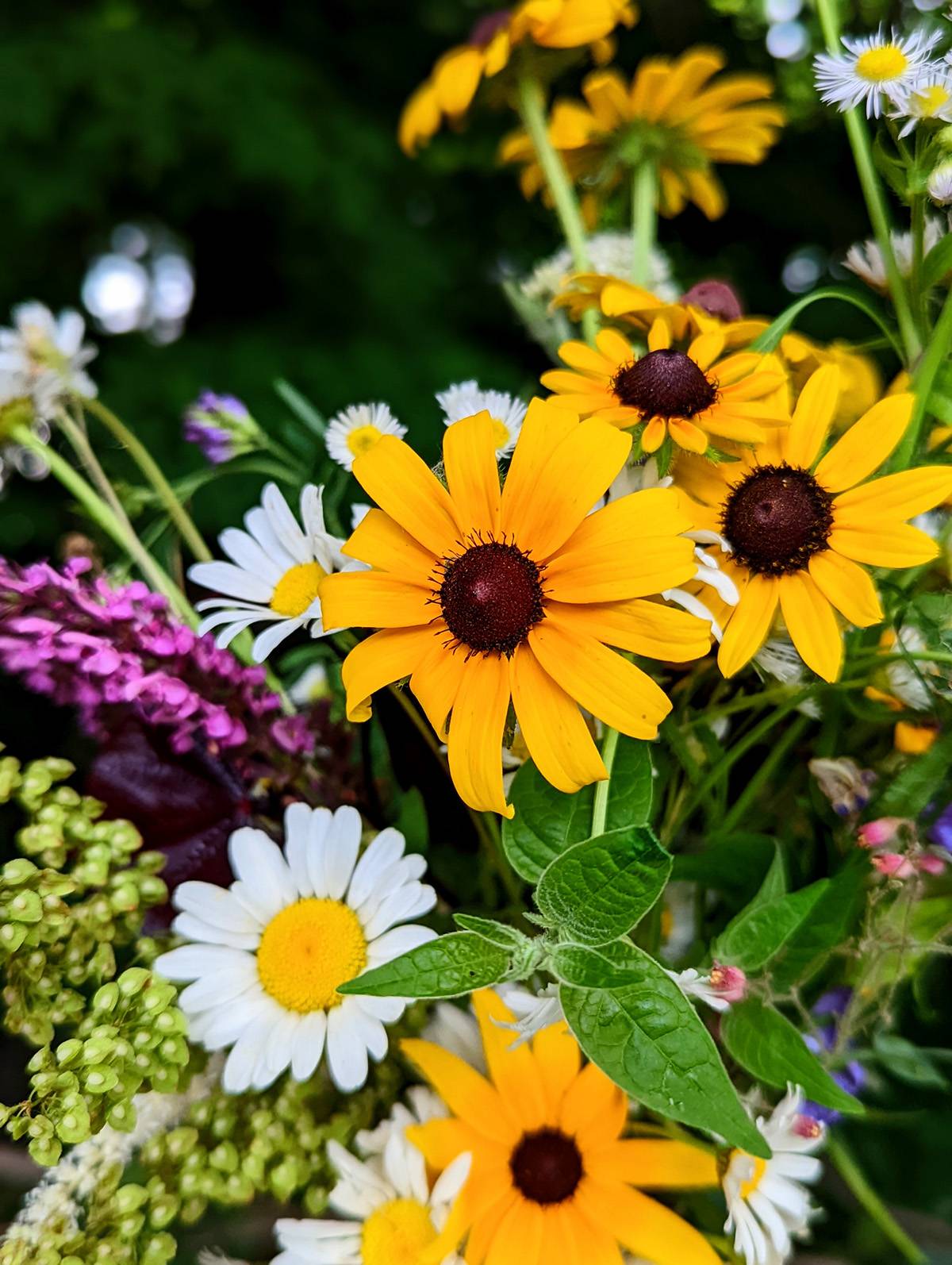
Black-Eyed Susan. Around these parts, Black-Eyed Susan is grown in ditches by the DOT. Rugged, impervious to drought, theses daisy-like flowers just might be one of the toughest flowering plants in the country.
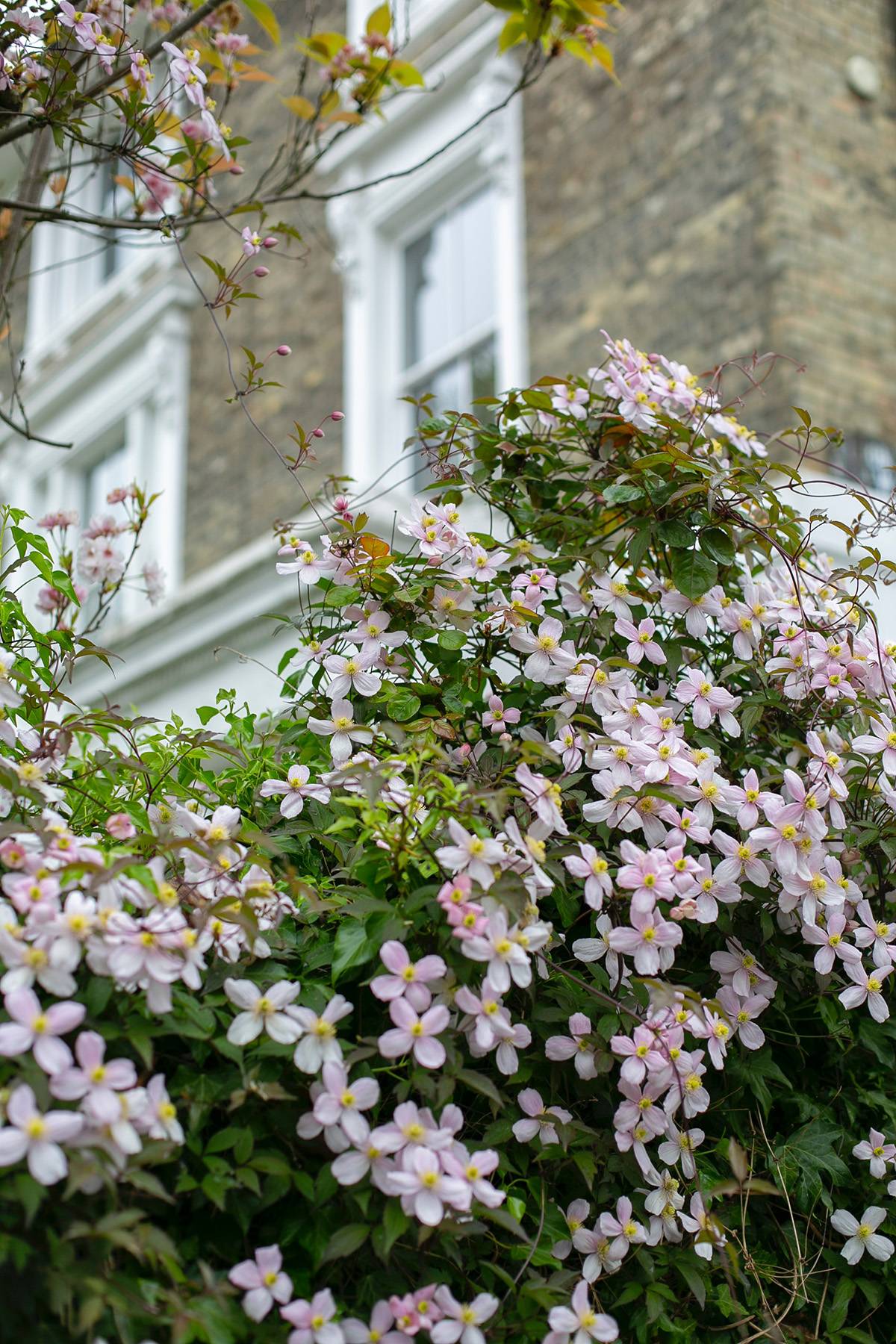
Clematis. For a showy climber, it doesn’t get much lovelier than clematis, but keep in mind, some varieties should NOT be cut back hard. (I did that once and all but killed a gorgeous plant.)
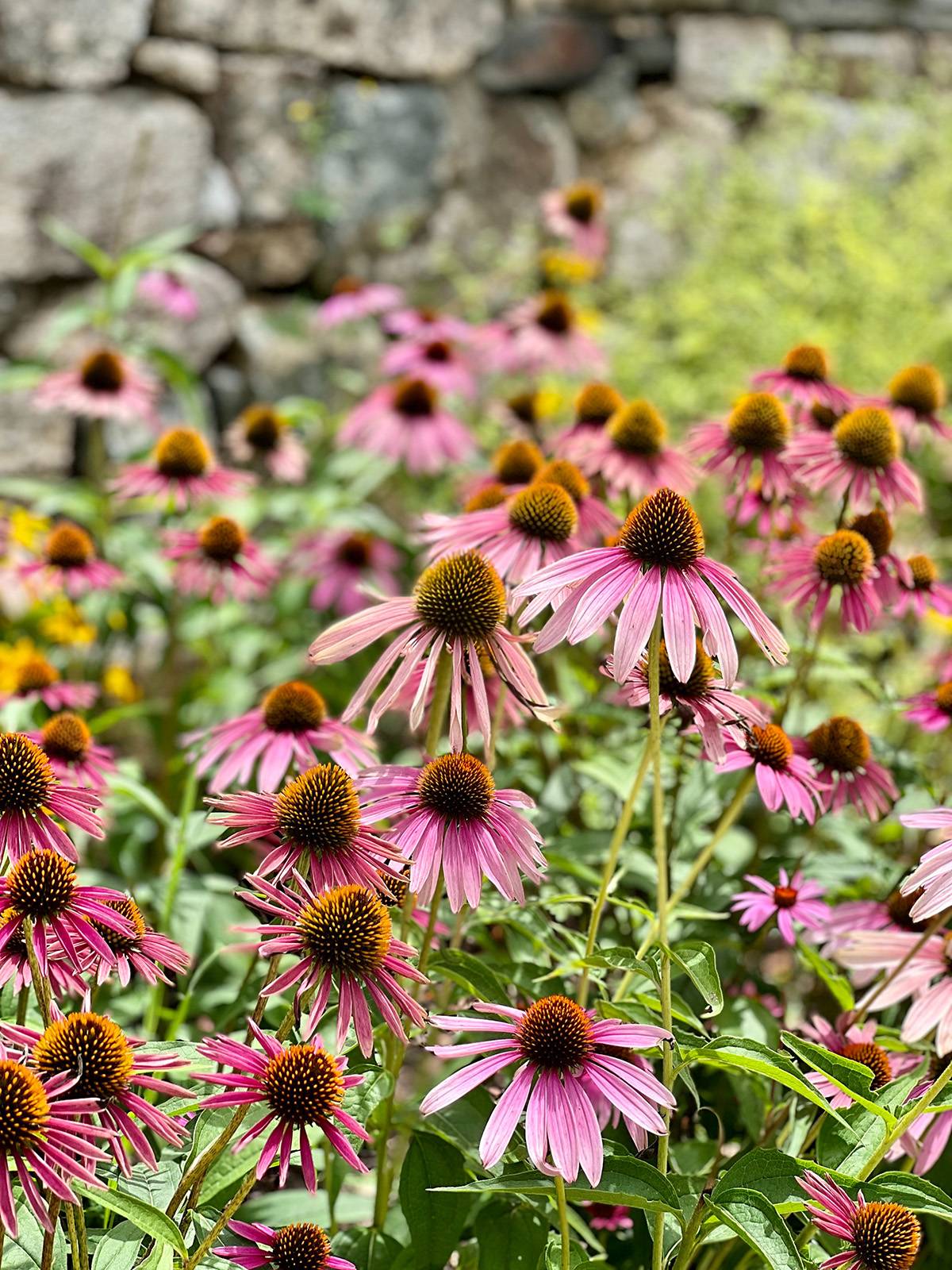
Coneflower. Coneflower, also known as “echinacea” are members of the daisy family and about as durable as Black-eyed Susans. They’re native to just about everywhere in the United States. The coneflower is long-blooming and attracts both bees and butterflies.
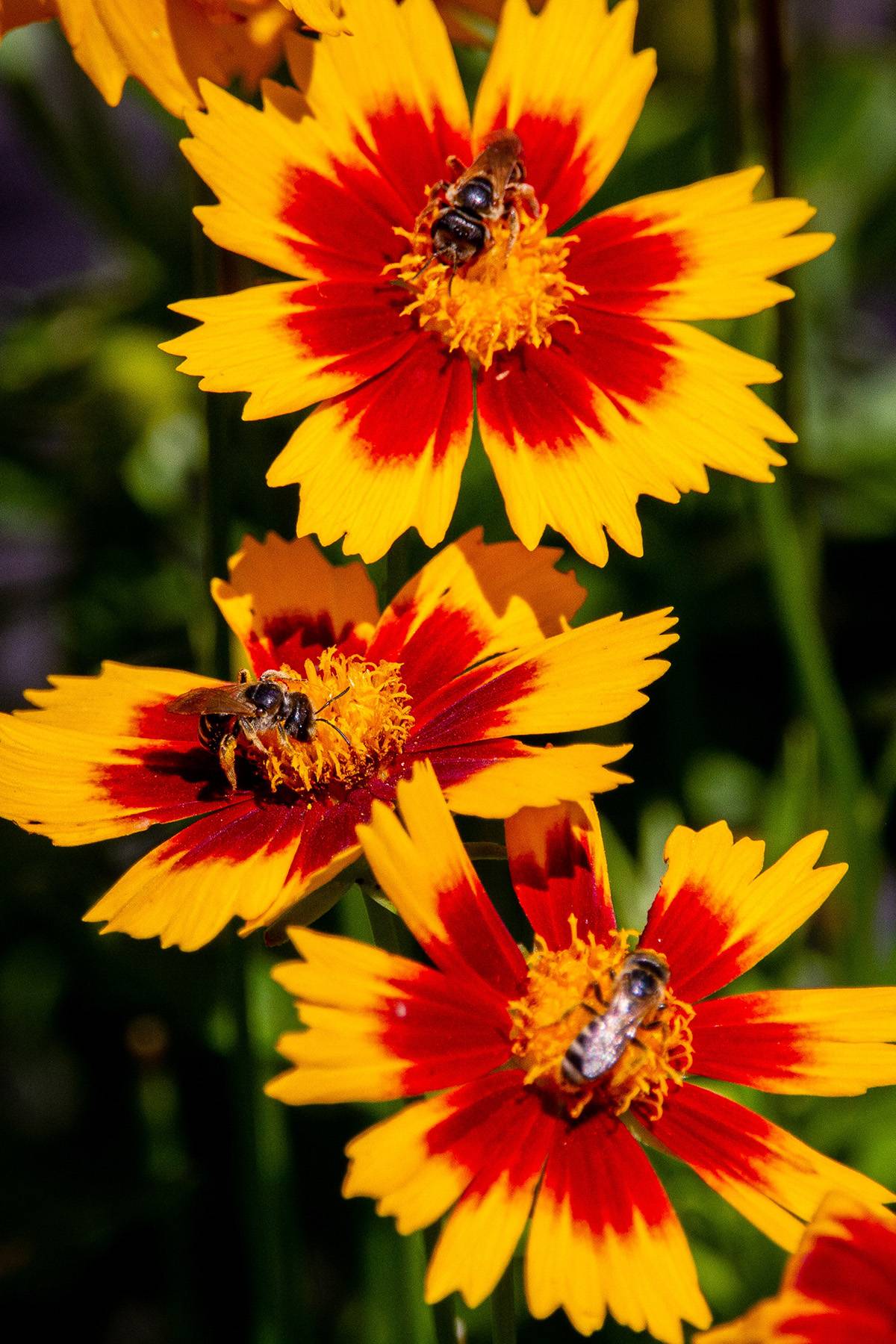
Coreopsis. These darlings don’t care how hot or dry it is outside, they’ll grow just about anywhere. They also come in some luscious tropical colors too and provide late summer blooms for your garden. Coreopsis flowers are commonly called pot of gold or tickseed and require full sun.
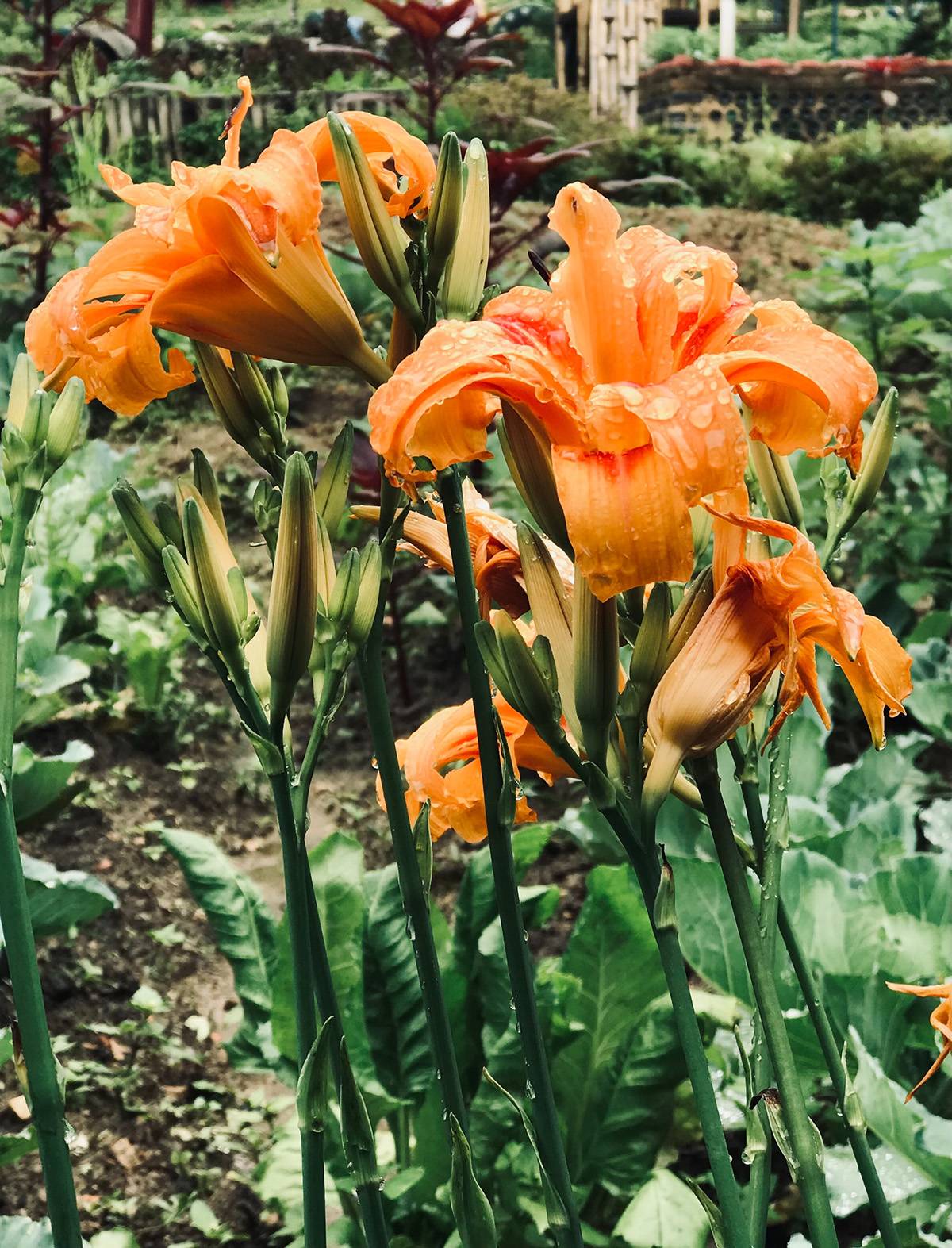
Daylilies. Daylilies multiply like weeds as well, but they’re easily divided. You can divide them anytime after they’ve bloomed with no issue. They tolerate a fair amount of abuse—including drought conditions. Only thing is, deer LOVE them. Especially their flowers. Plant in full-sun, moist but well-drained soil.
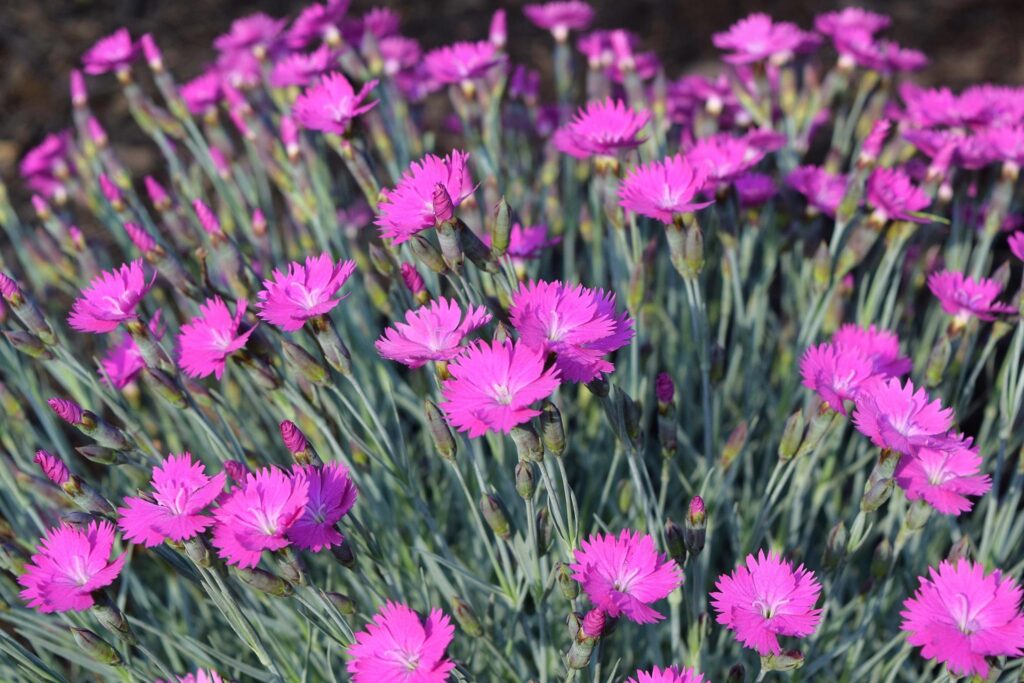
Dianthus. These beautiful little blossoms also called “pinks” have a spicy scent that I adore. Super easy to grow and drought-tolerant, they only get to be about 6” and 18” tall. Deer, as well as bunnies, love them too.
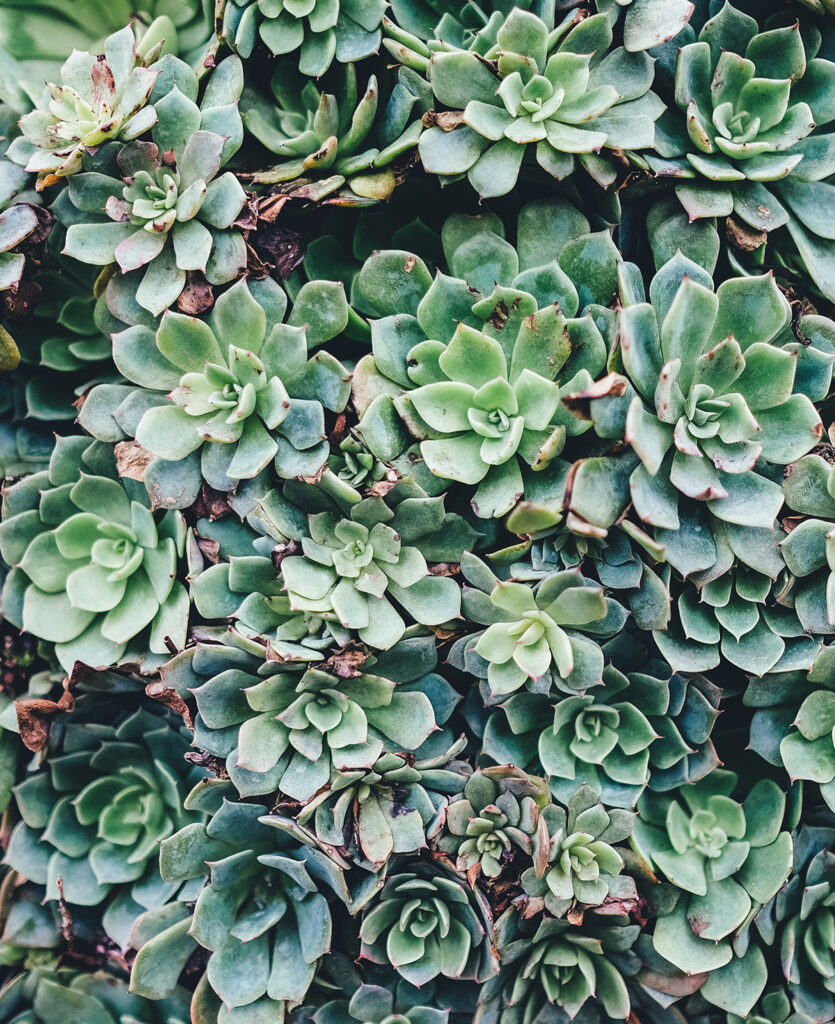
Hens-and-Chicks. I find these plants fascinating, as they come across as misplaced desert dwellers that just happen to thrive in my zone. Actually, the more challenging the soil the better they grow.
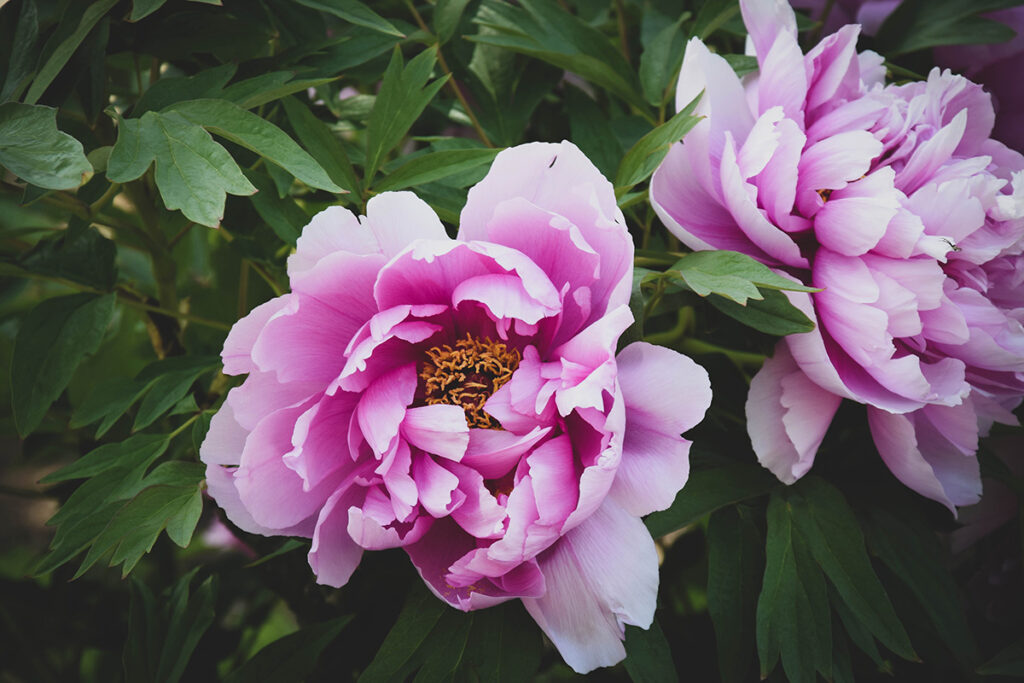
Peonies. I have dozens of peonies in my yard, and I can attest to their deer and rabbit resistance. (Whoop! Whoop!) They multiply well and they tolerate drought conditions too. Downsides include the need for cages as their blossoms are heavy and will cause the stalks to bend. (Mine are planted next to my garden shed, which provides suitable support, so I don’t have to use cages.) Also, peonies attract ants as the blossoms start to open. After they’ve done their job, the ants disappear, so it’s no biggie, but some people don’t plant them too close to the house for this reason.
Note: to keep peonies looking healthy and vibrant past the blooming season, clip the spent blossoms off the plants.
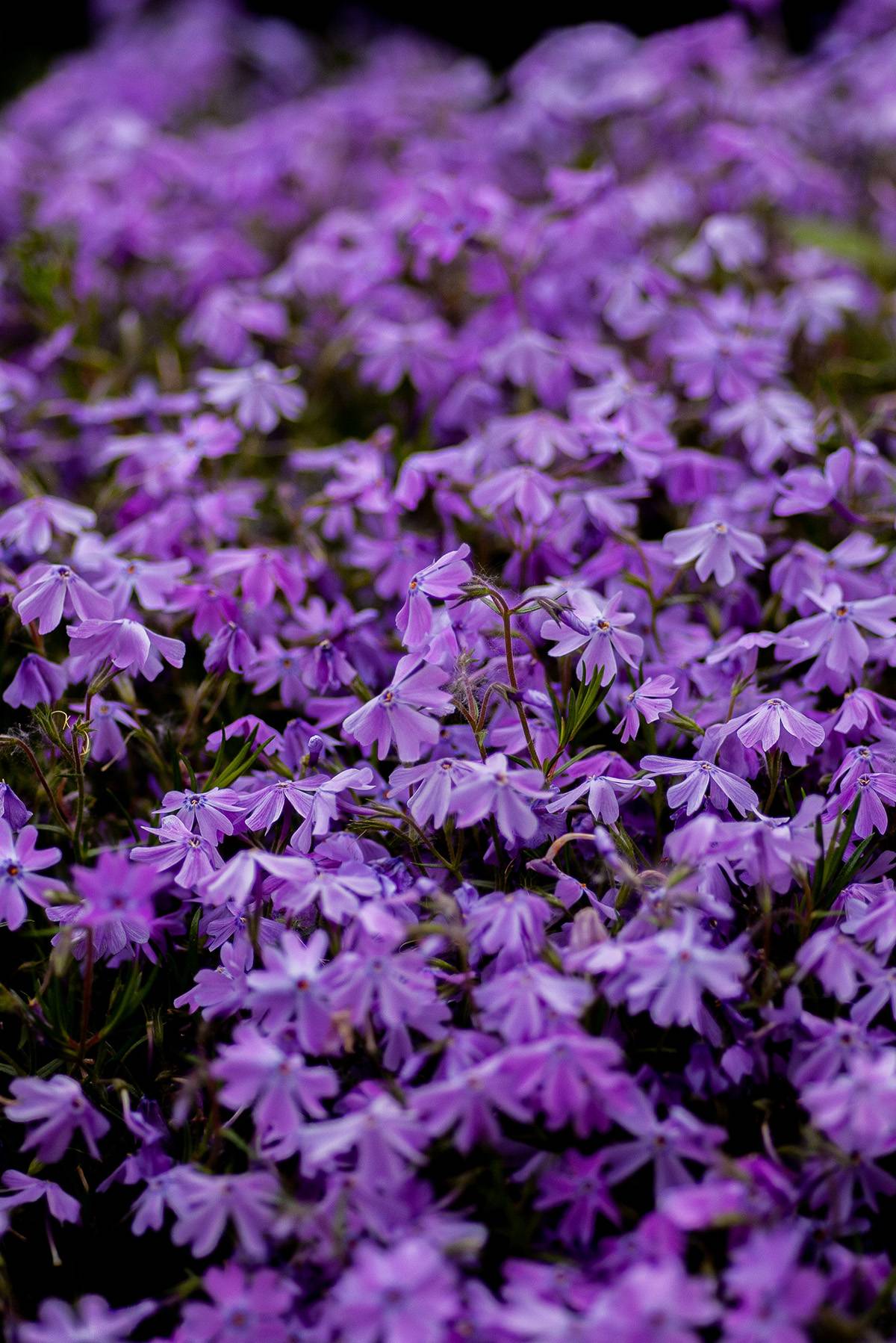
Phlox. Common to North America, phlox is another plant that will grow just about anywhere if the right variety is chosen. Check with your garden center to find out which is right for your area. Showy and fragrant, it attracts hummingbirds and butterflies and is available in several different colors. Sun requirement vary, based on variety.

Salvia. This one needs to come with a warning label. First, it’s a psychoactive plant. Second, I’ve heard you can’t buy it in all states because it IS a psychoactive plant. But this is the deal, it’s super hardy, grows like a weed (pun not intended), and blooms all summer long. Another downside or perhaps upside, depending on how you look at it, it multiplies like nuts and can easily take over a garden space in no time.
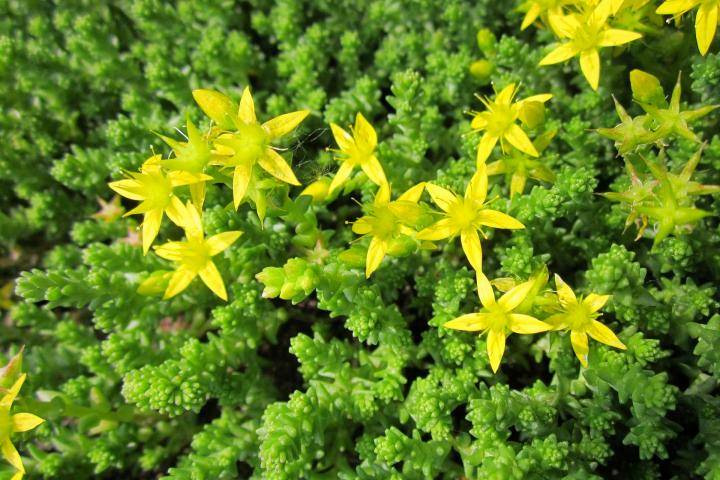
Sedum. Sedum is kind of like Hens-and-Chicks. It doesn’t seem to belong up here in my zone. Besides looking like they should be growing in a warmer climate, they look like a vegetable (to me), until they bloom, that is. Sedum also attracts bees like nobody’s business. Full sun to part-sun exposure is best.
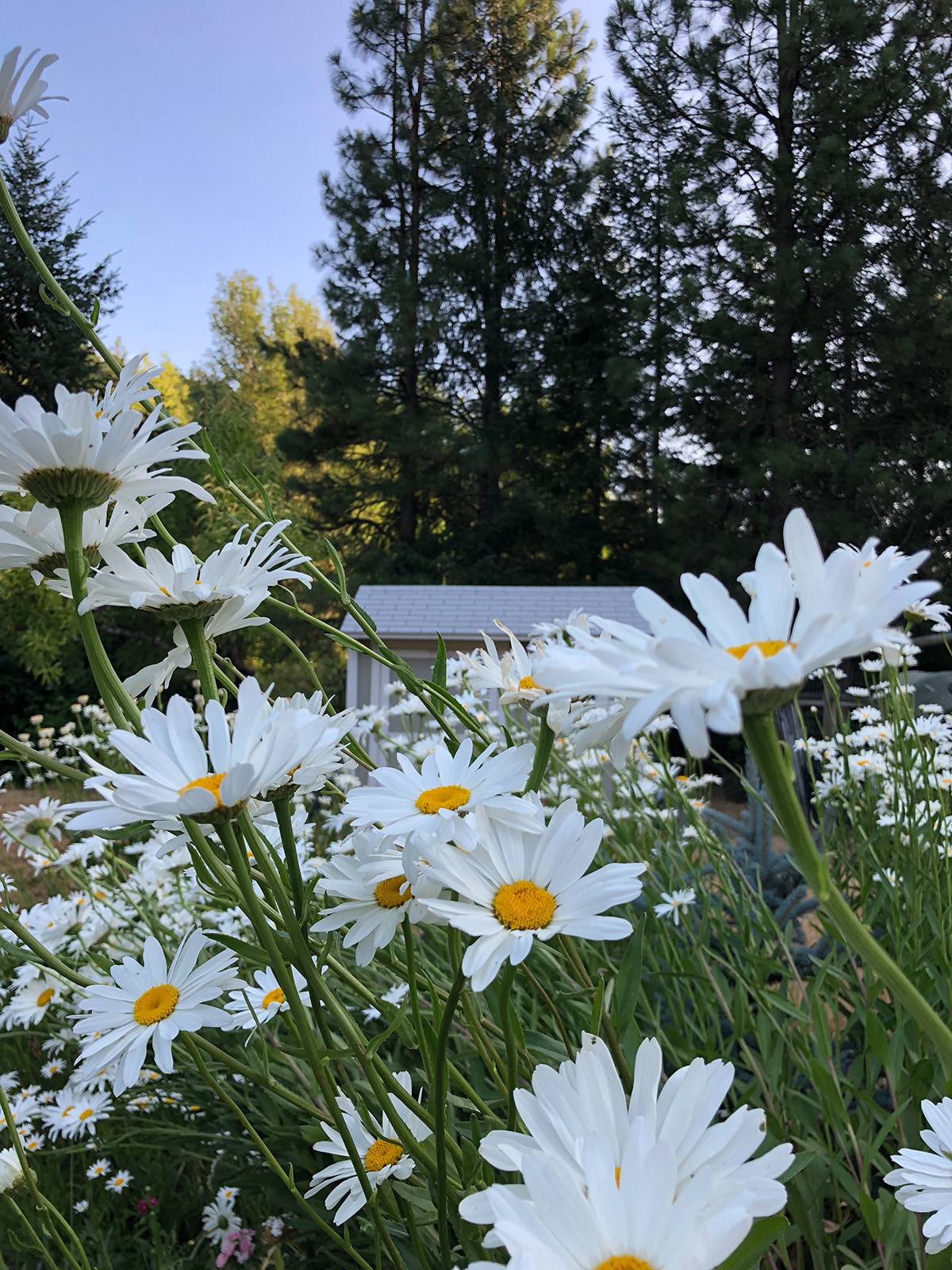
Shasta daisies. Where I live, Shasta Daisies are akin to weeds. Seriously, plant one in your garden and suddenly they are everywhere—and in places where they aren’t supposed to be. But that’s the definition of a weed, isn’t it? A flower that’s not in the right place? Drought tolerant and as rugged as rocks, daisies are one of my favorite flowers, and they are perfect for cutting.
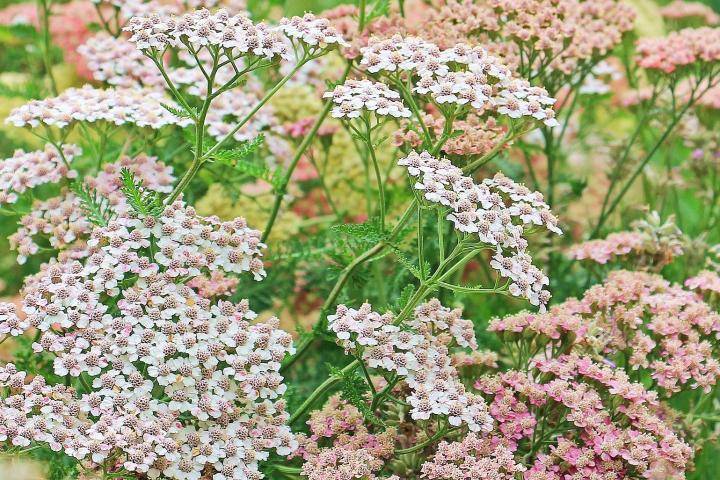
Yarrow. Don’t let the delicate flowers fool you, Yarrow is another indestructible plant. Again, it multiplies easily, attracts butterflies, tolerates dry conditions and is perfect for cutting. Oh, and it comes in pink, red and yellow!
Low maintenance garden plants for part-sun or shade
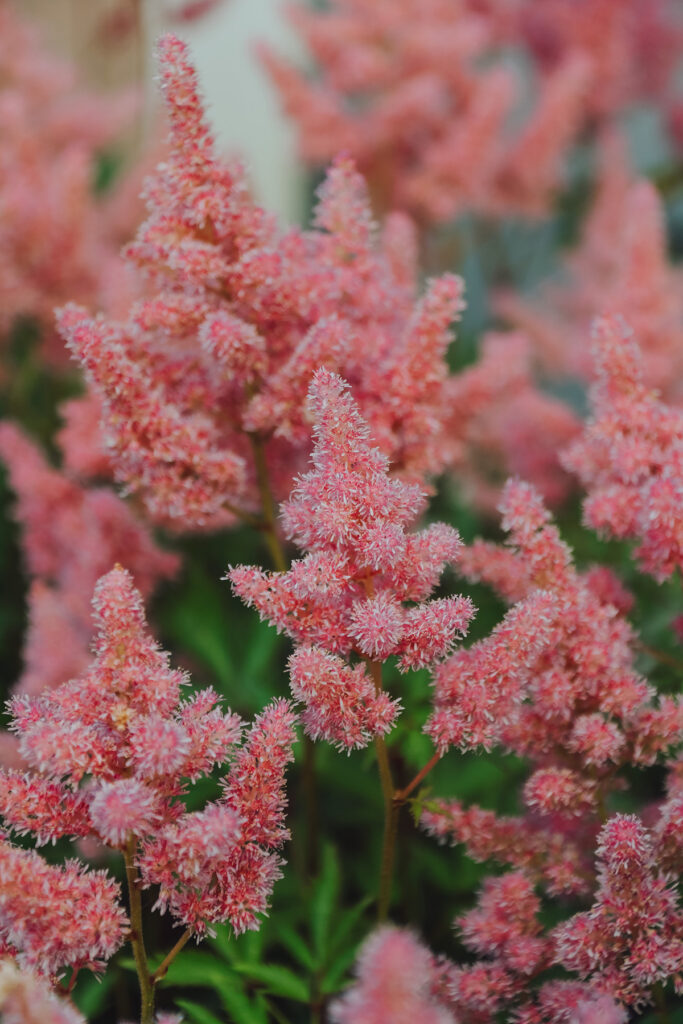
Astilbe. Think of astilbe as ferns that flower. Although they look delicate, they’re super easy to grow and provide lovely pops of color in shady places.
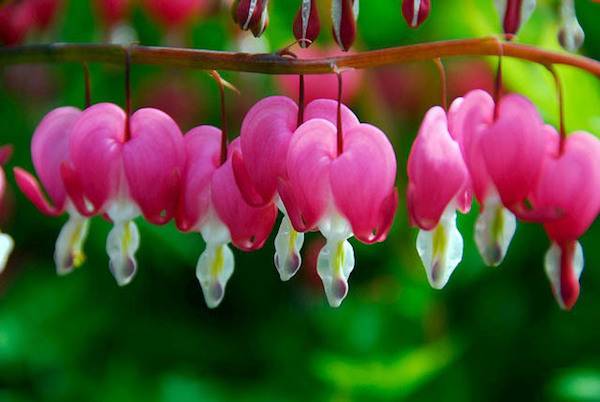
Bleeding Heart. I ADORE bleeding hearts. They’re so unusual, so colorful, so perfect, they look like they might be native to Pandora. Lucky for us they are native to earth and are a delight to grow.
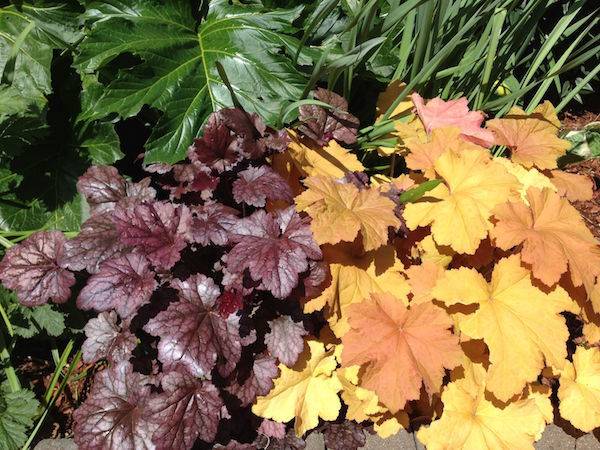
Coral Bells. Coral Bells give it all they got with colorful foliage that delights the entire growing season long, but they also offer delicate flowers in late spring or early summer that some might consider inconsequential. Coral bells don’t mind abuse, but they do mind when the deer much them down to nothing.
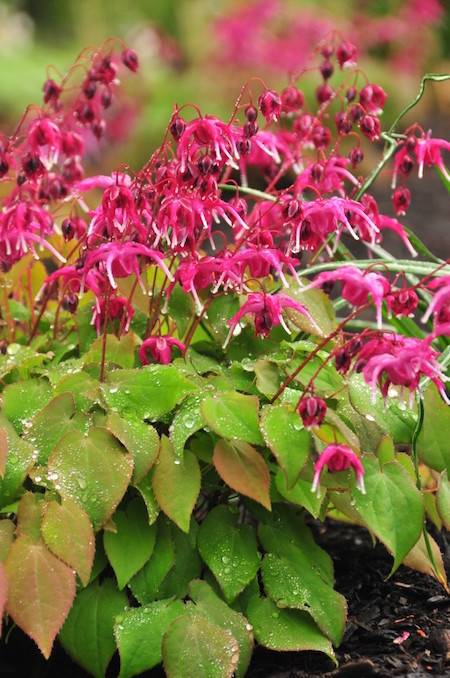
Epimedium. Don’t think you can grow ANYTHING in the shady areas of your garden? Think Epimedium. They can also tolerate sunny spots too. How’s that for hardy?
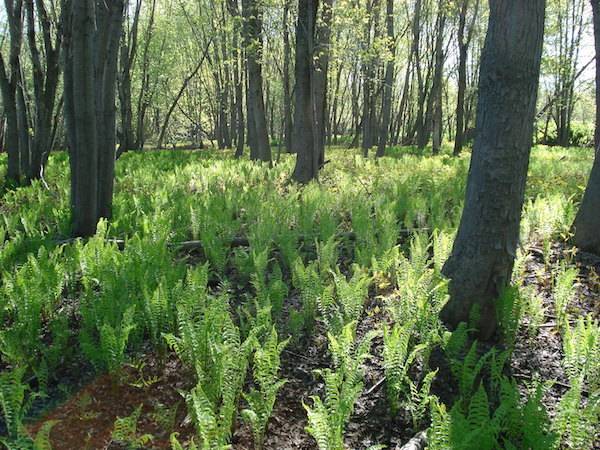
Ferns. Can we have a shout out for my favorite fern, the Fiddlehead? I mean, the name alone makes me love it. These things grow like crazy in shady areas around where I live. Even in the middle of the forests. Visit your local garden center to pick varieties adaptable to your situation.
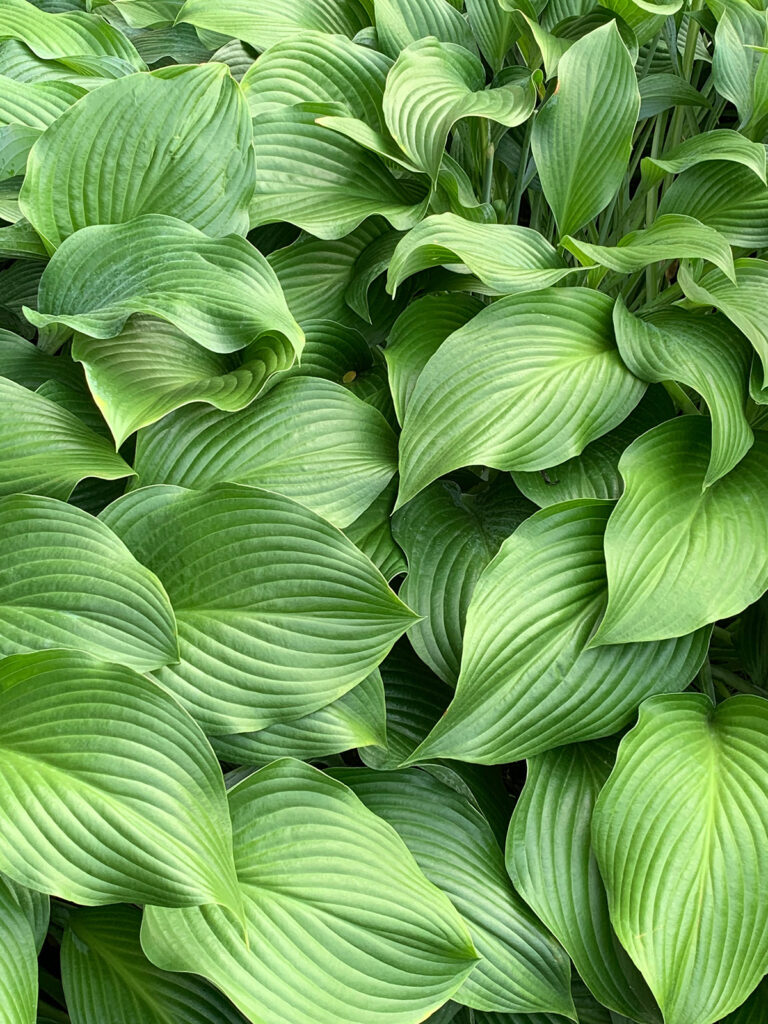
Hosta. (Oh, hosta, how you delight and aggravate.) Delight because they are super easy to grow, they multiply like crazy, they’re a snap to divide, they come in endless varieties (tiny to huge, variegated to not), they produce interesting spiky flowers in late summer, AND they’ll grow right next to a building in the deepest of shade.
So why are hosta aggravating too? Because they are like chocolate to deer. Although, the Irish Spring trick works to keep them at bay. It also seems to depend on where the hosta is planted too. Those plants very close to the house are safe, those that are just a few feet away will get munched down to the dirt in one deer-pass.
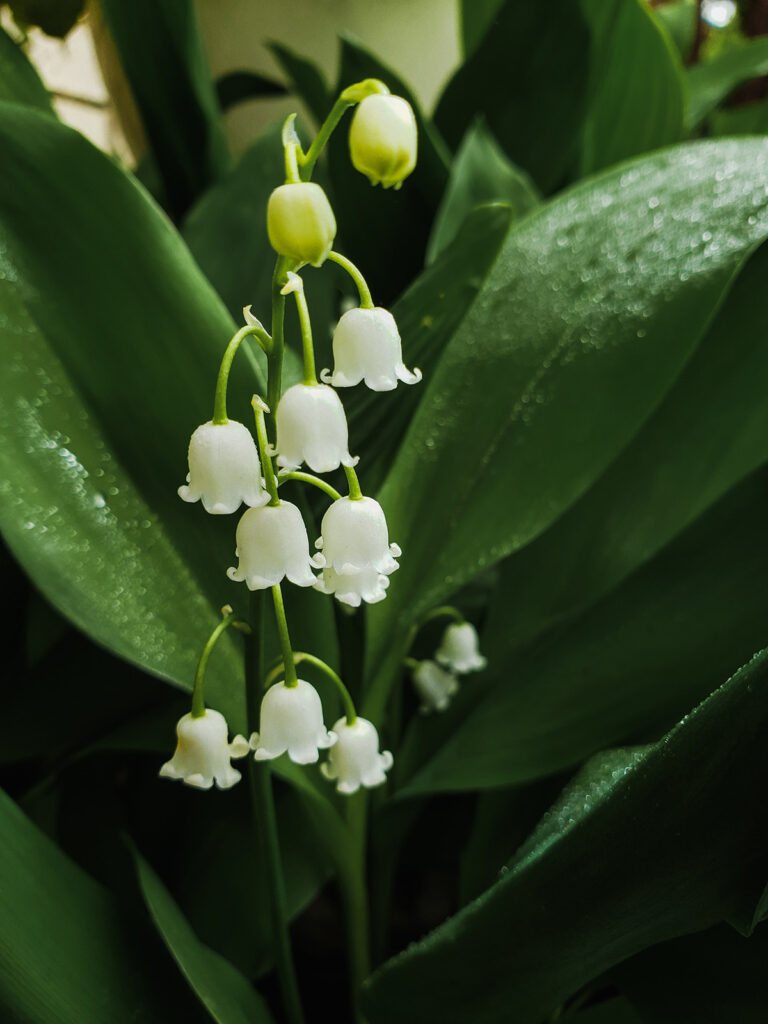
Lily of the Valley. Although the blossoms of these hardy darlings give off a heavenly scent, keep in mind they are toxic. (Which means the deer don’t eat them and neither do the bunnies.) It’s best to have some sort of barrier around these buggers because that can easily take over a garden.
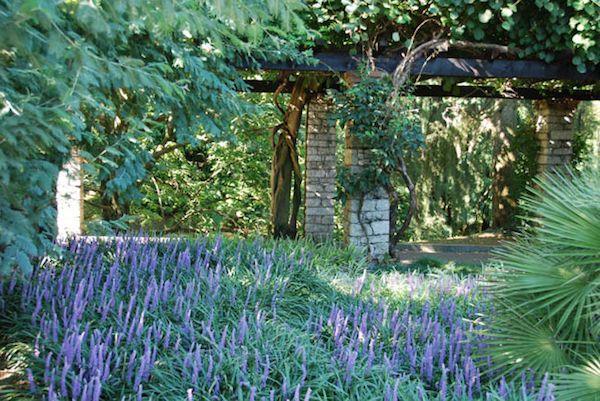
Lily Turf. If it sounds like a ground cover, it is. It has the features of ornamental grass with the benefits of showy purplish flowers in the late summer.
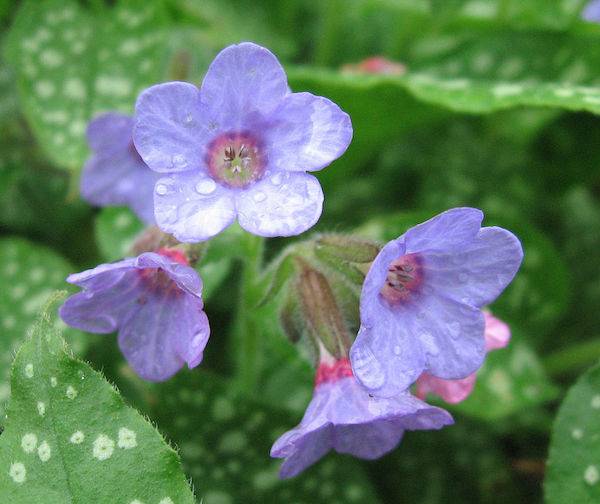
Lungwort. An unfortunately-named plant with beautiful blossoms, lungwort can be grown in shady to sunny areas.
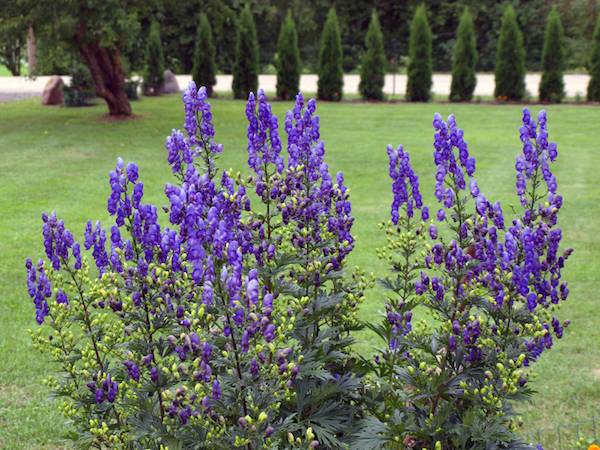
Monkshood. A wildflower, Monkshood is also known as wolfsbane, which means it repels werewolves! Considered a wildflower, Monkshood can grow from 2 to 4 feet tall and produces lovely purplish-blue flowers. (Blue flowers in the garden…swoon.)
(Note: Monkshood, or Acontinum napellus, is a poisonous plant, so you should handle it with care. It’s toxic if any part of the plant is swallowed, but is generally not dangerous to handle in the garden, according to Poison.org)
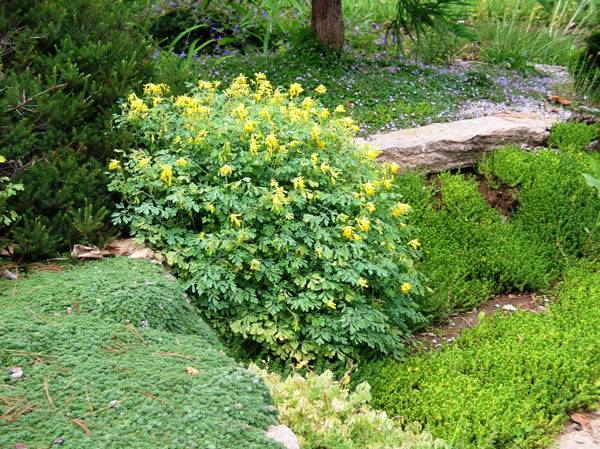
Yellow Corydalis. Another plant that can take a lot of abuse, Yellow Corydalis is adaptable to just about any condition and zone. But be warned, it is aggressive.

Native Plants
Any roundup of low-maintenance garden plants wouldn’t be complete without mentioning native plants. According to The United States National Arboretum, a native plant is defined as “one that occurs naturally in a particular region, ecosystem, or habitat without direct or indirect human intervention.”
Because they are native to the landscape, they are easier to grow which is secondary, really, to their importance to the environment. You can find natives at reputable garden centers near you. And for more information about natives, visit the National Wildlife Federation.
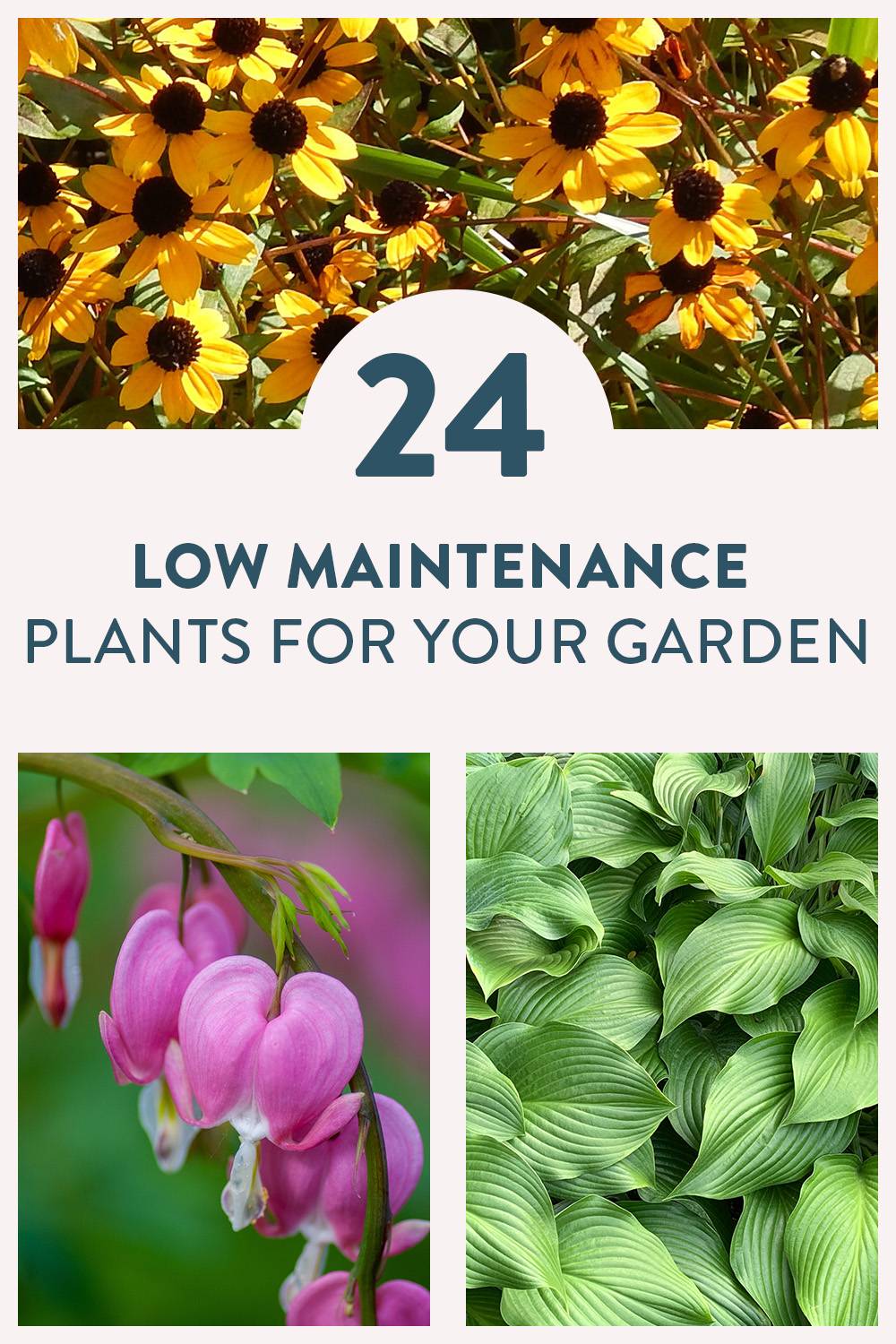
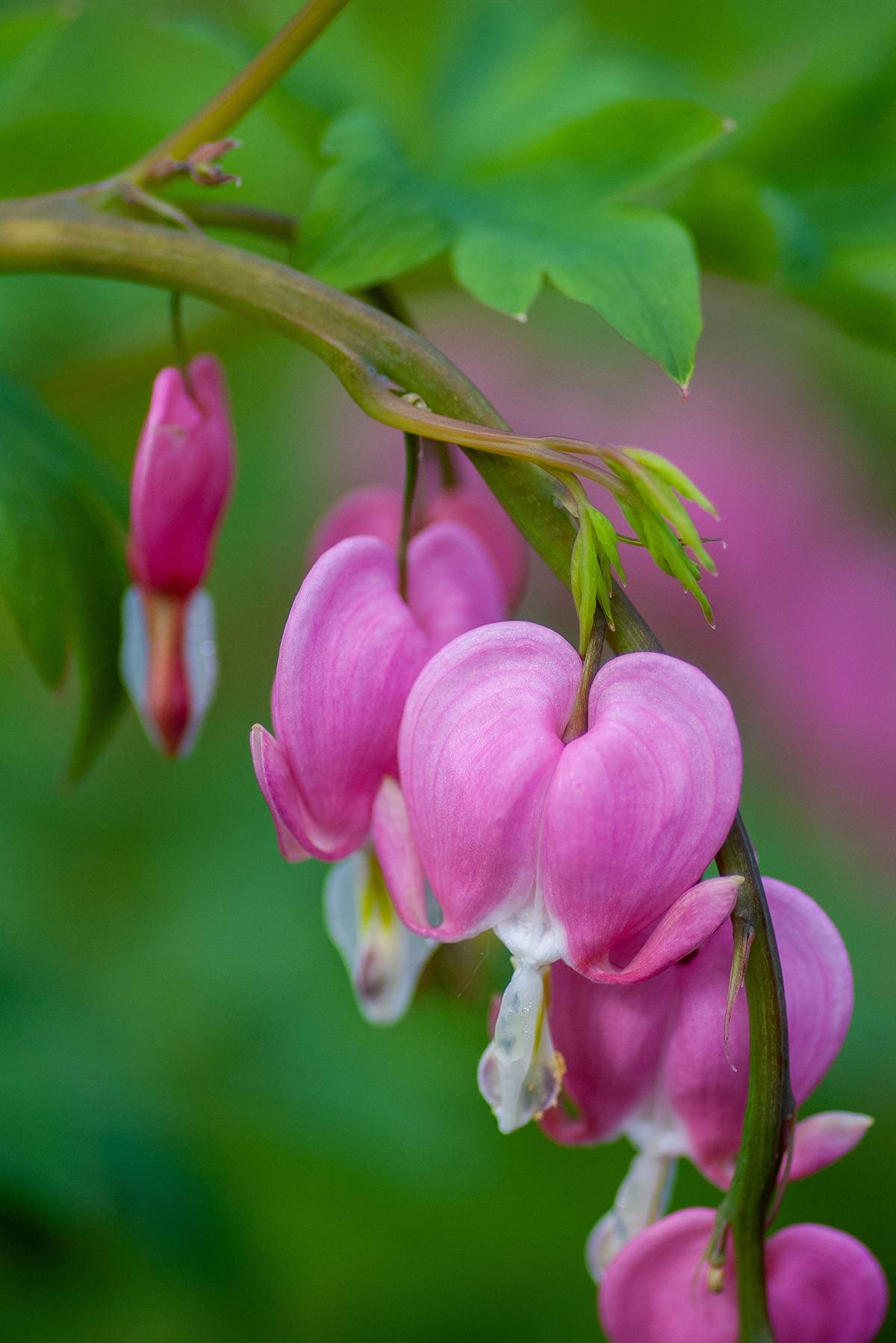
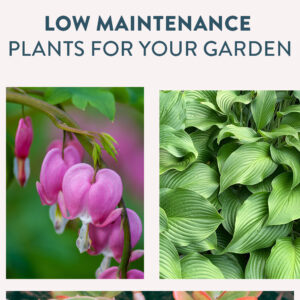
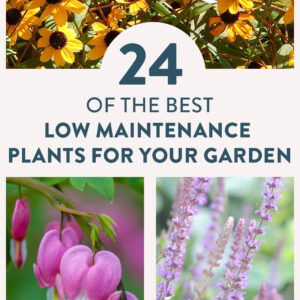
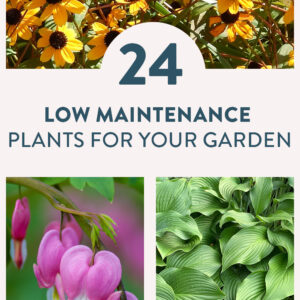
I also live in an area where it seems the deer outnumber humans. Many of the flowers that you mention are nibbled on by our 4-footed friends. I have a question however about cone flower and black-eyed Susan. Mine never live more than a year or two. What am I doing wrong? Everyone claims that they are indestructible.
Informative article. Love the deer/rabbit references.
Appreciate the native plant mentions. Not only is it important to the environment to increase our need to plant them but it also improves the success of our gardens. To be a perfect article, zone ranges would be helpful. Thanks.
This article is dangerously inaccurate!
The most egregious error was no warning on Monkshood which has killed several people. In 2004 & 2009 from ingestion, the latest in 2014 from handling the plant without gloves.
Monkshood is very well known as an extremely poisonous plants. It contains the highly toxic alkaloid Aconitine, a very potent neurotoxin. Symptoms usually occur within the first hour – in fatal poisonings death occurs in 2-6 hours & with large doses death can be instantaneous. Poisoning can occur through ingestion or handling without gloves. The plant’s deadly toxin works so quickly that it can cause severe damage to internal organs within hours yet exit the blood system
within 24, making it difficult to diagnose correctly; and treatment is only effective when administered within the first hour.
You stated “Monkshood is also known as wolfsbane, which means it repels werewolves” Wrong, it’s called that because it was once used to kill wolves. It was also used to poison arrows for hunting bears and whales. Even in movie lore it wasn’t used to repel werewolves but vampires.
If you’re not going provide accurate information then you shouldn’t give any. Those who wish to grow these plants will look them up and find that all sources list Monkshood as toxic.
See the warning about being poisonous. Read all the way to the end
She’s kidding about the werewolves. Gees.
Despite not putting a warning label on Monkshood which is one of the most deadly plants known (see my other comment); you instead put one on Salvia saying “First, its a psychoactive plant. Second, I’ve heard you can’t buy it in all states because it IS a psychoactive plant” – Wrong
The plant shown in your photograph is actually – May Night (Salvia x sylvestris) which is not psychoactive & widely sold at garden centers.
Salvia divinorum, is the potently psychoactive salvia. It contains no toxins but does have transient psychoactive properties, these however are effectively deactivated by the gastrointestinal system. And poses no risk to animals if ingested inadvertently in a garden setting. Although it is not regulated by the controlled substances act, some states have made it illegal and thus indeed may not be available for purchase in all areas.
Again, if you can’t bother to provide accurate information, maybe you shouldn’t be posting articles about plants, some of which like Monkshood can kill you.
These ARE such lovely plants. I have many of them too. So hardy!